Two names stand out from the yellowing cemetery register: Sabo and Bitio, 24 and 20 years old, Described as “Congolanders” and buried in row 13, plot K of Kiel cemetery in Antwerp.
The newly unearthed document, on show for the first time this weekend in an exhibition at Antwerp’s Museum aan de Stroom, has sparked renewed debate about how Belgium should come to terms with the darkest moments of a bloody colonial past – by shining a light on a long-forgotten tragedy.
Belgium begins to face brutal colonial legacy of Leopold II
Read more
Sabo and Bitio were two of eight men who died soon after arrival in Belgium on 12 May 1894, after being transported from colonial Congo along with 136 others to act their part in a specially constructed “village” at that year’s world fair in Antwerp.
It is recognised today as Belgium’s first “human zoo”, a crime at home to join those inflicted in Africa where Leopold II, King of the Belgians, oversaw a genocide in which as many as 10 million died during his rule over the Congo Free State.
As in life, the two men were treated with contempt on their deaths. When Kiel cemetery was cleared in the late 1930s, the men’s remains were dug up and dumped in an unmarked mass grave with the other Congolese nationals.
Their stories were never told, nor any commemoration offered in a country where debate about its colonial record only began in earnest with the publication in 1998 of Adam Hochschild’s book King Leopold’s Ghost, detailing the unimaginable cruelty of Leopold’s regime.
But thanks to the research of Els De Palmenaer, curator of a new exhibition, 100 X Congo, showcasing 100 examples of Congolese art in the century since it arrived in Antwerp, a little more of the story of those brought to the city for the world fair can be now told. “They were forgotten in the collective memory – but now at least we can remember,” De Palmenaer said.
Between 1885 and as late as 1958 – two years before the Congo declared independence from Belgium – men, women and children were shipped from the Congo to be put on show in Belgium’s major cities. Many of those brought over to be displayed by the colonialists would die on the way or on arrival from the torments of the long journey or exposure to new European diseases.
The purpose of the human zoos was to allow Leopold and his acolytes, who had run and plundered the Congo Free State as the monarch’s personal fiefdom since 1884, to show off the “work of civilisation among the primitive Congolese population”.
The Congolese people, some of whom had been taken from the Force Publique, the colonial army of black soldiers led by white European officers, would row in canals, play instruments, demonstrate metallurgy and display their bodies by the side of their “huts” in rain or shine for the enjoyment of the locals gawping from behind fences.
But while researching in the city archives, De Palmenaer discovered the personal file of Alexis Mols, a close aide and confidant of Leopold who was responsible for the book-keeping for the 1894 fair.
It revealed that a total of 144 Congolese people, accompanied by some animals, had been shipped over on the Matadi-Antwerp line to Belgium. Many were in poor health on arrival on Europe’s shores after weeks on a boat in horrific conditions.
Bitio, described as being from the Mobati clan, died on the first day from dysentery, according to the neat handwriting in the records of the Stuyvenberg d’Anvers hospital kept by Mols so he could record the costs of the healthcare for the stricken.
Twenty-four hours later it was Sabo’s turn to die. Over the coming weeks, at least six more would succumb to diseases ranging from bronchitis to pneumonia, heart disease and measles. They are named for the first time in the museum exhibition as Isokoyé, 31, Manguesse, 18, Monguene, 18, Binda, 25, Mangwanda, 17 and Pezo, 18.
The response of the authorities, who thought the close proximity of the performing men, women and children to their animals might be to blame for the outbreaks of illness, was to provide disinfectant and “aromatic wine” to them.
In the summer of 1897 Leopold would again import 267 Congolese people to Brussels to be on show around his palace in Tervuren, east of Brussels, paddling in their canoes on the royal lakes. Around 1.3 million Belgians, out of a population of 4 million, visited, walking over a rope bridge to get the best view. Seven of the Congolese incomers died of pneumonia and flu, their bodies again dumped in an unmarked mass grave in the local cemetery.
It has only been in recent years that those who died then were acknowledged and reburied in graves by the church in Tervuren. The Royal Museum for Central Africa (RMCA) now stands where the monstrous show of 1897 was staged, dedicated to dispelling the colonial myths of European superiority after decades of being a promoter of prejudice, admits its director, Guido Gryseels.
But the final resting place of the men who died in 1894 may never have been discovered had it not been for the Mols records and some detective work by De Palmenaer. When the initial resting place in Kiel cemetery was cleared in the late 1930s, the graves of the wealthy were respectfully moved to Schoonselhof cemetery in Hoboken, a suburb of Antwerp, she discovered. But the Congolese were dumped in a mass grave on which a single sculpture stands without any reference to those buried below.
“There is nothing to say who they are. Nothing at all,” said De Palmenaer. The city is now looking at how to commemorate and mark their lives. “But we should also do more research into what happened,” she added. “We have lessons to learn.”


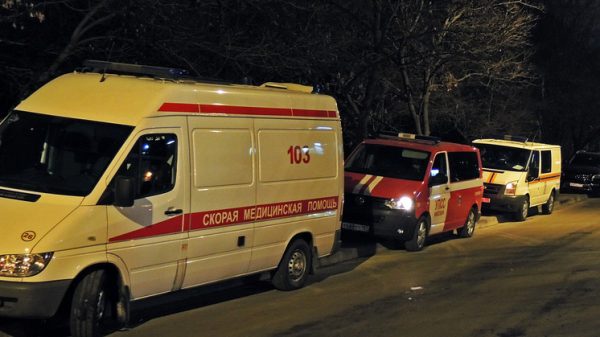








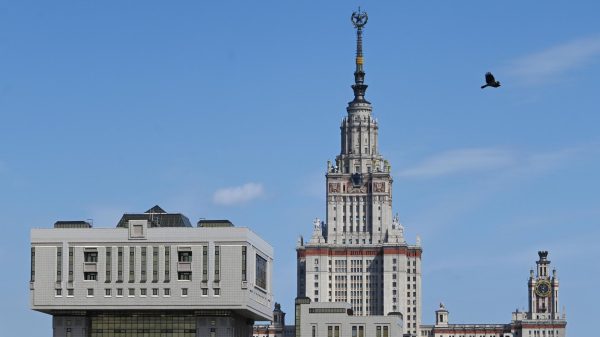

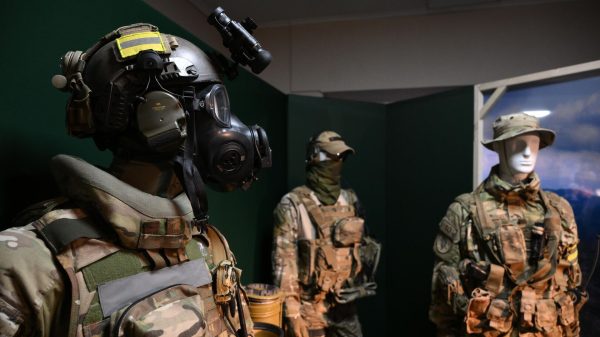

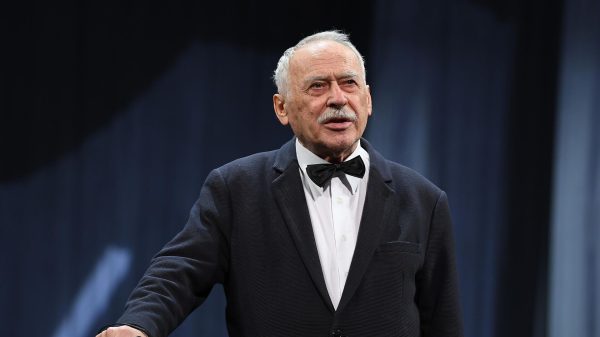

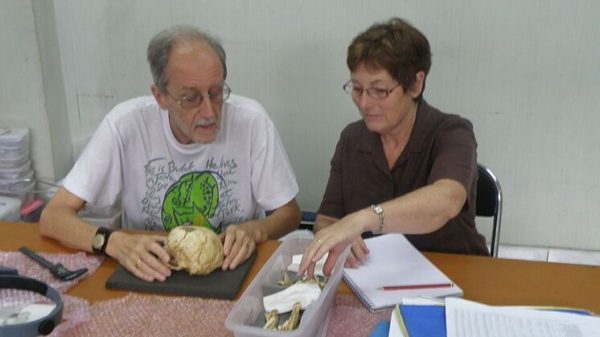
















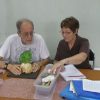












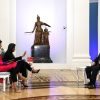

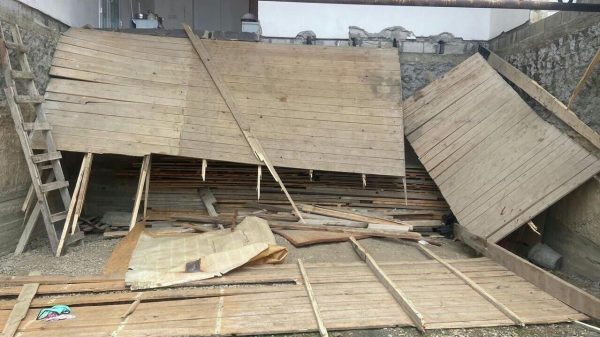
Свежие комментарии